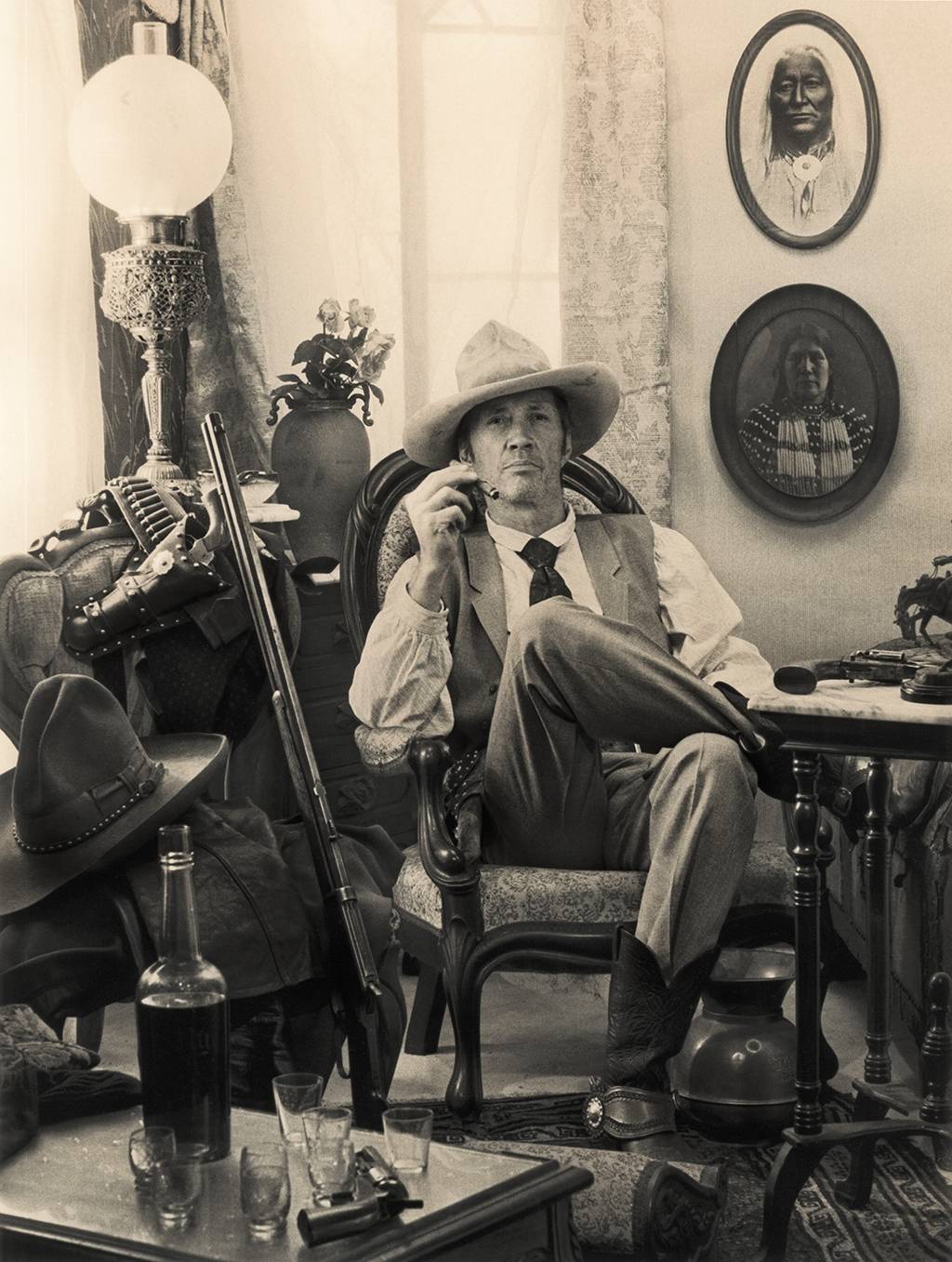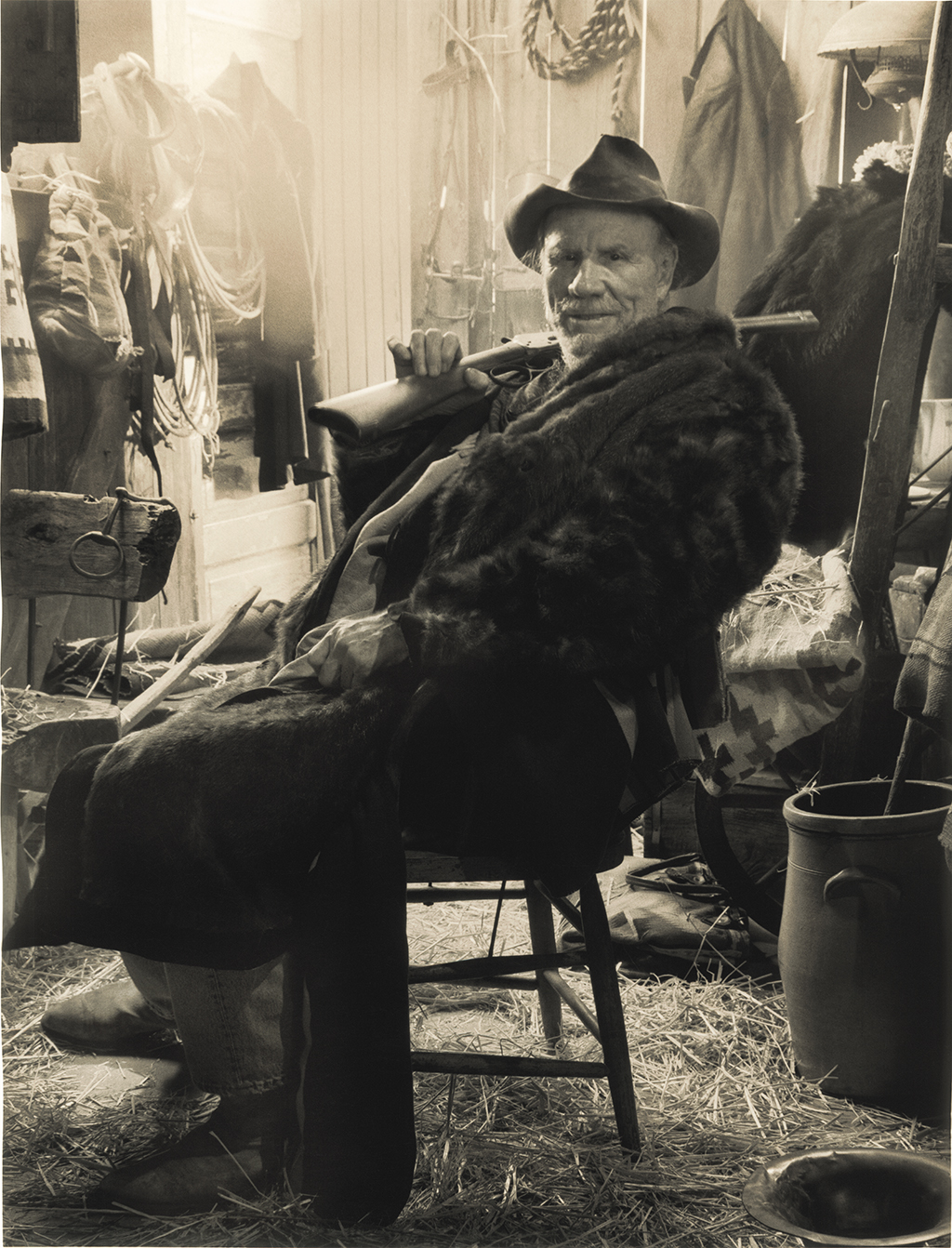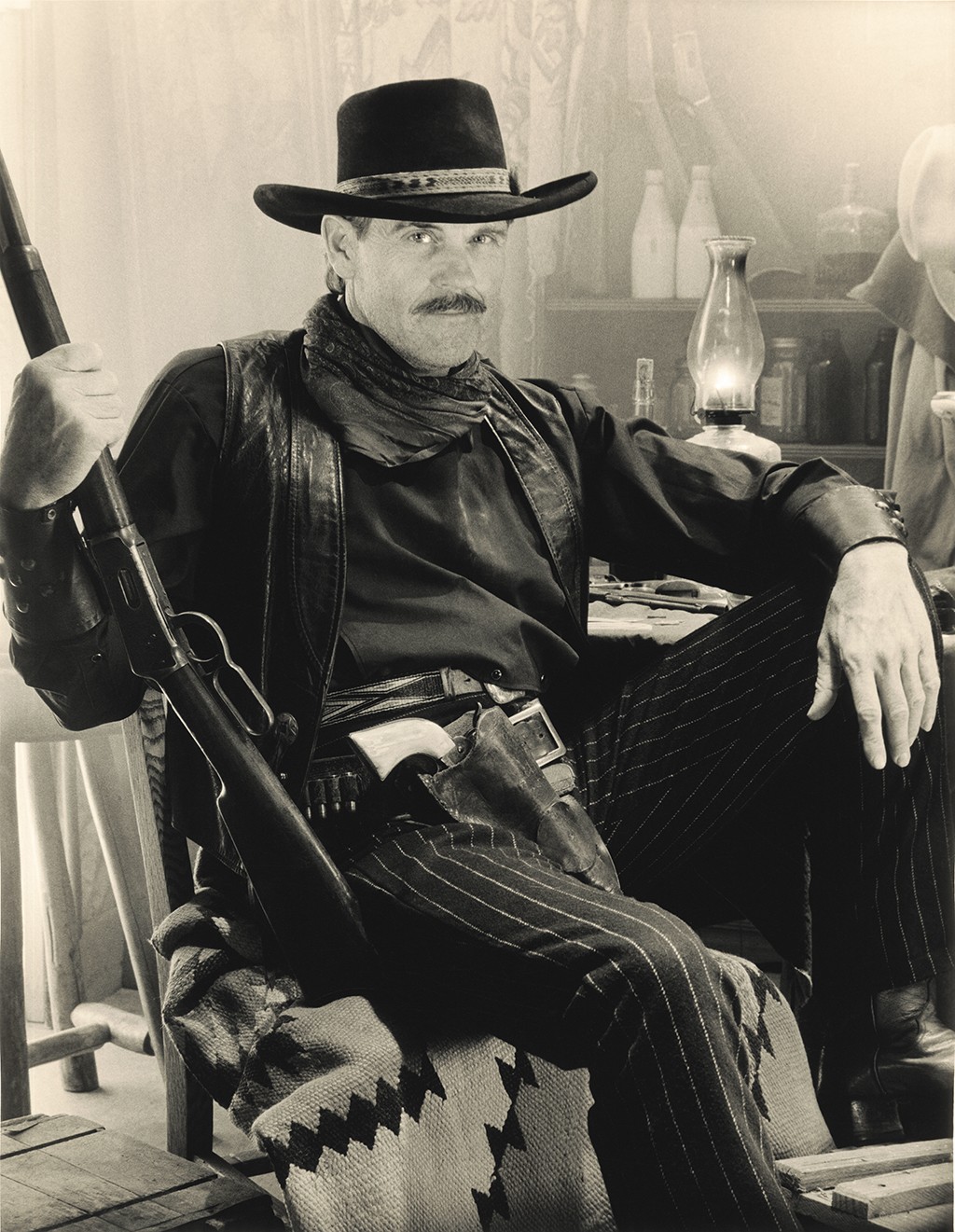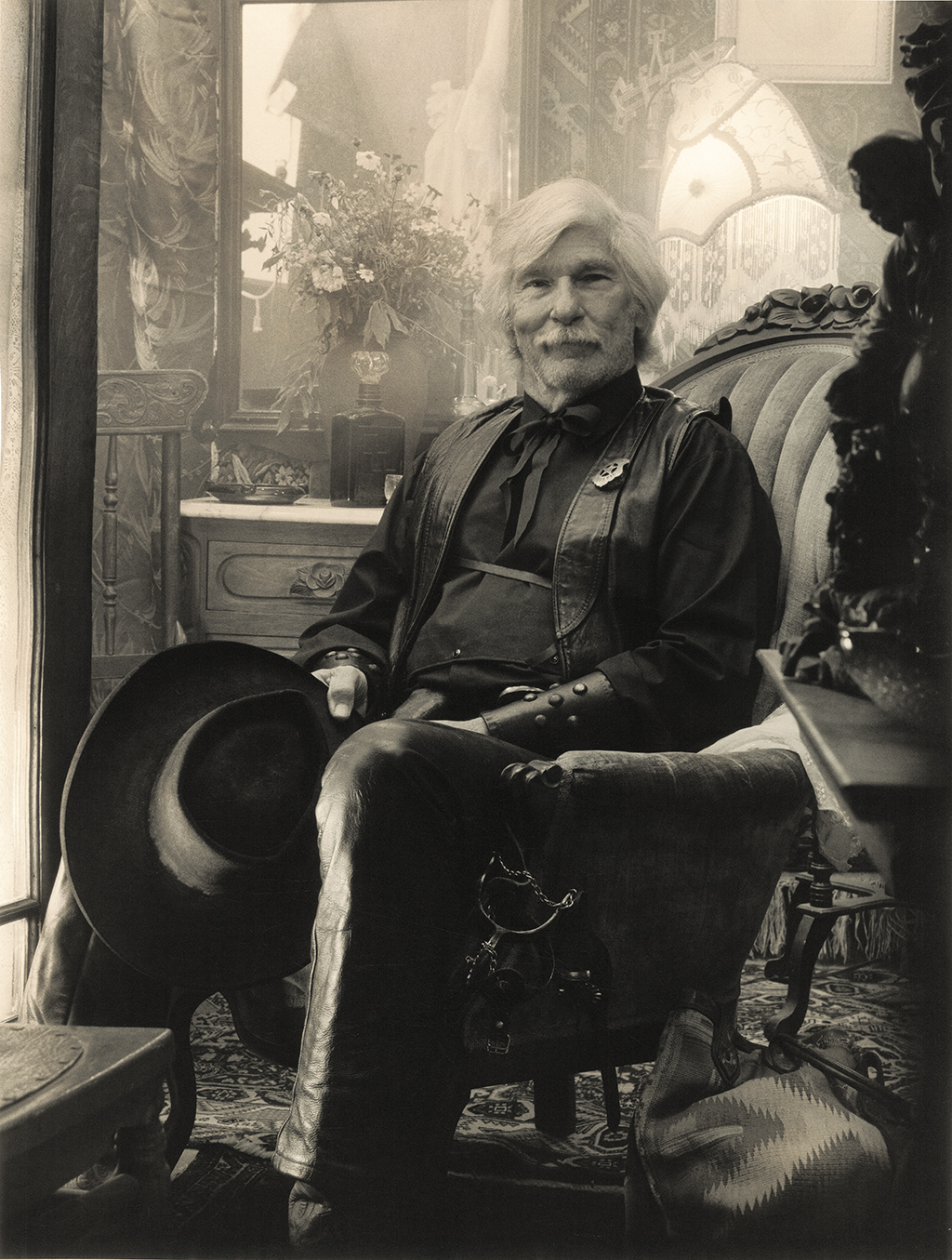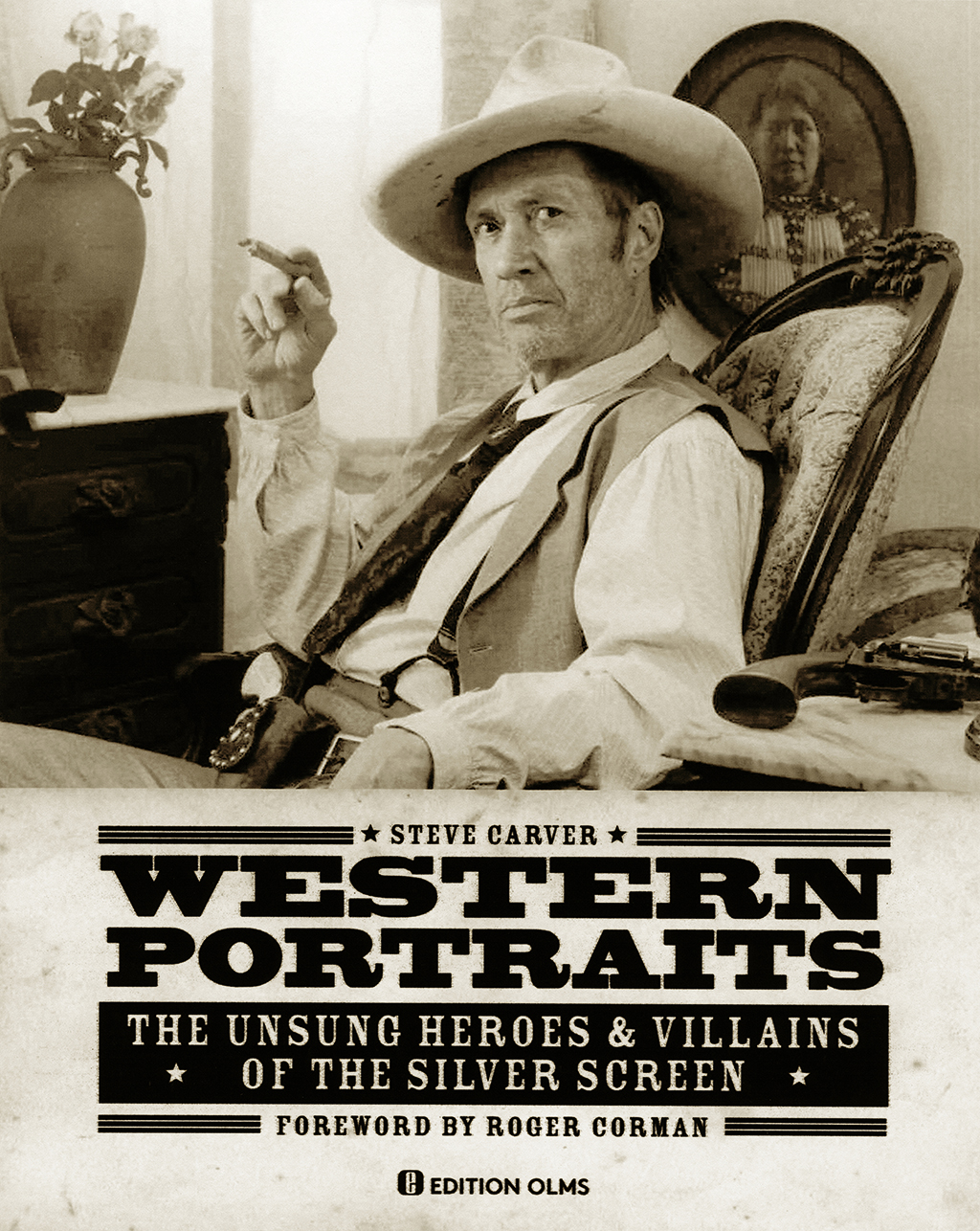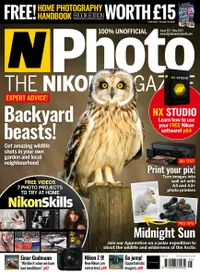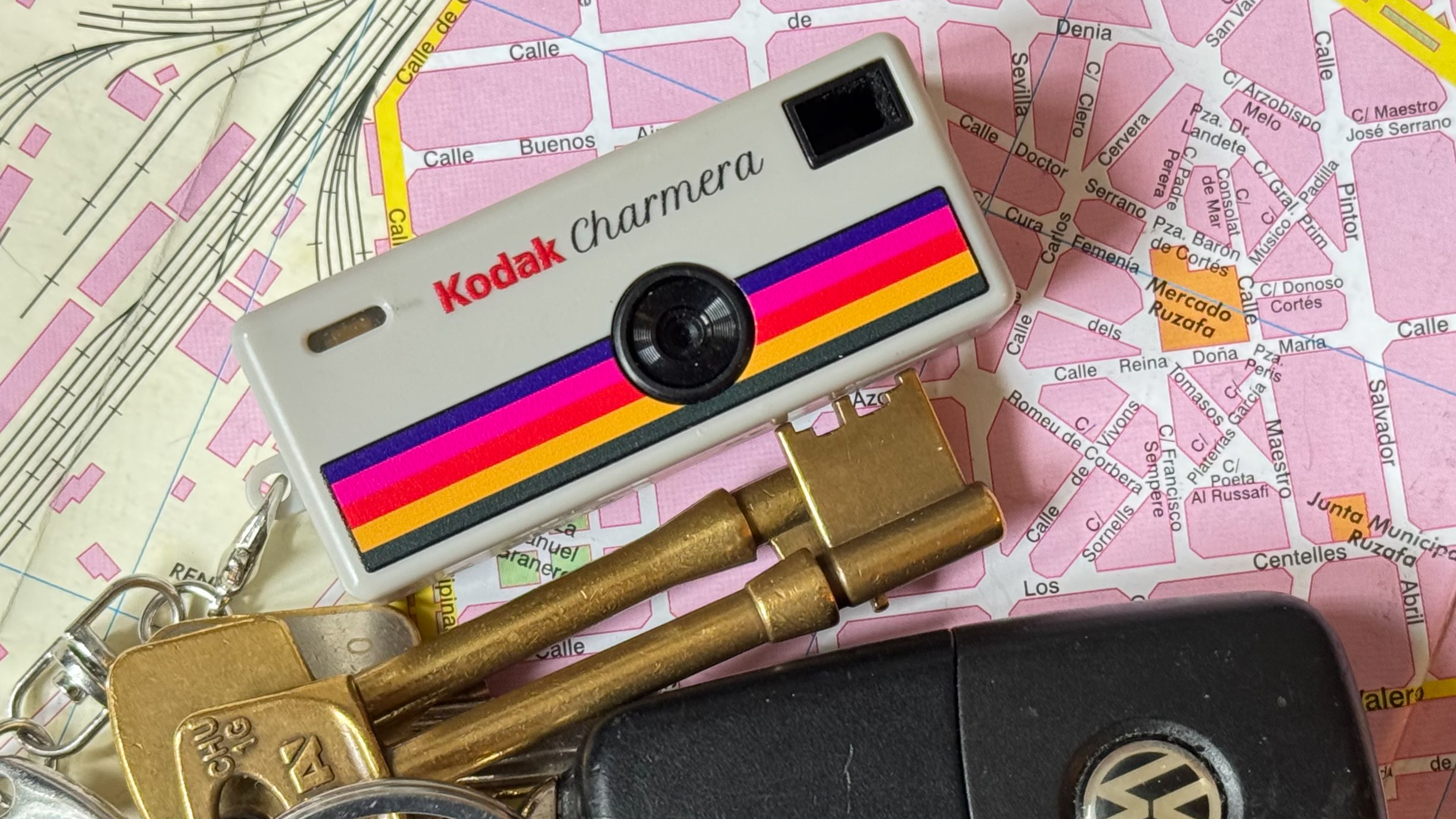Hollywood director/photographer Steve Carver on a cowboy-themed portrait shoot
Film director turned photographer Steve Carver tells how he finally completed his series of portraits of actors as Wild West characters
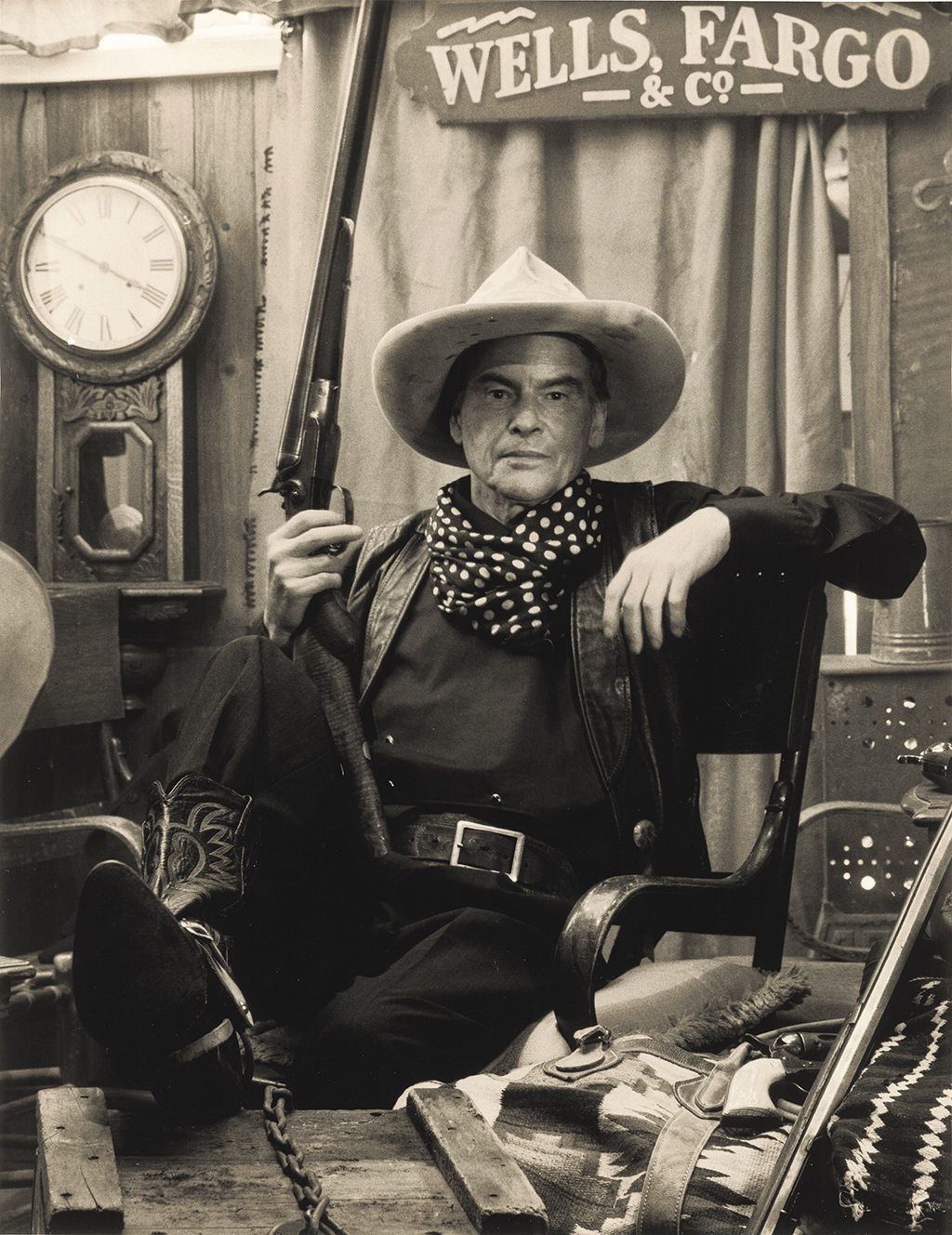
Western Portraits of Great Character Actors: The Unsung Heroes & Villains of the Silver Screen provides readers with a collection of stylized portraits that capture the allure and mystique of the Old West, complete with authentic costuming, weaponry and settings.
A total of 83 character actors and actresses were shot for the project, some of Hollywood’s most enduring, enigmatic and beloved personalities, including popular, recognizable actors like Karl Malden, David Carradine, R. G. Armstrong, L. Q. Jones and Denver Pyle. These portraits were shot between 1996 and 2017.
In 1993, I was in Russia directing The Wolves. A vagrant in Red Square approached me about buying a Nikon FE 35mm camera with a 50mm f/1.4 lens. I hadn’t used a single lens reflex camera for more than 20 years, but once I used the Nikon, it spoke to me. On weekends off, I took expeditions across the countryside, shooting black-and-white images.
After returning to Los Angeles, I decided to take a break from directing and turned my attention to a different kind of creative enterprise; establishing a photography lab in Venice Beach. For printing quality photographs, I mounted EL-Nikkor lenses by Nikon on enlargers in the darkroom.
I began researching portrait photographers from the late-19th and early-20th centuries: Edward Sheriff Curtis, Edward Weston and more. I focused my efforts on using applications of early chemical processes, liberally incorporating old and new tech into my photography. I favoured a Kodak panchromatic film with a slow speed, high resolution, extended tonal range and archival capabilities.
Black-and-white photography allows the viewer to really experience the image, from the composition to textures and tonal qualities, as colour is absent. With my Nikon FE I was able to use long exposures and then ‘pull’ the negative several stops during processing. Applying gold, sepia and selenium image permanence treatments that incorporated the complexion of stylized portraiture enabled me to render rare evocative tones and complex patinas reminiscent of historical images.
I had begun collecting historical replica prints and sought assignments from museums, offering my services to supplement their holdings. I recognized that a market for vintage portraiture existed, and to enhance sales to private collectors, I started to search for experienced sitters. ‘What better sitter than an actor?’ I thought, and I turned to my friend R. G. Armstrong.
The best camera deals, reviews, product advice, and unmissable photography news, direct to your inbox!
For years R. G. and I played pool. It was over a game, in fact, that we first discussed the idea of a photo book. I asked him which character he’d want to portray. Without hesitation, he declared that the characters who mattered most to him were the ones he played in movies he made with Sam Peckinpah, films like Ride the High Country.
In 1996, formal preparation for the book began. During the days that followed my conversation with R. G., the darkroom bustled with photographers processing their film and prints. Assembling the Western set for R. G. consisted of nailing plank walls together, laying down a wooden floor, bringing in set pieces, lights and camera. To illuminate the set, I used incandescent halogen fixtures affixed with scrims and dimmers, which bounced light off mirrors and boards to reflect back into the space, producing warm, soft lighting.
Striving to capture a familiar image of R. G. from some old remembered Western was too intriguing to resist, and the shoot went on for hours until we finally wrapped out after midnight.
R. G.’s shoot helped to define my creative strategy. Rather than a sentimental representation or glorification of the Old West, I would pursue a straightforward depiction of reality and design sets that would complement the actor’s ‘character’. Dressing the set with artefacts from the era and creating a ‘role’ for each actor to engage in would stimulate viewers’ imagination. Word of mouth around Hollywood followed.
The plan was at first to shoot character actors that defined the gritty and harsh personae that dominated the genre. Each shot would match in style and technique with other images in the collection. Set design and construction during the project’s earliest stages were to be based on vintage Western photographs. But the actors often offered suggestions for the inclusion and placement of props in the shots, prompting us to improvise as we collaborated.
Years flew by. But by the spring of 2014, my promise to R. G. to finish the project before he died precluded any reasonable judgment concerning the cost that it would take. Finally, in June 2017, after 22 years, the collection for the book was complete.
Western Portraits of Great Character Actors: The Unsung Heroes & Villains of the Silver Screen by Steve Carver is published by Edition Olms, £40.
Read more:
N-Photo: The Nikon Magazine is a monthly publication that's entirely dedicated to Nikon users. For the best news, reviews, projects and more, subscribe to N-Photo today!
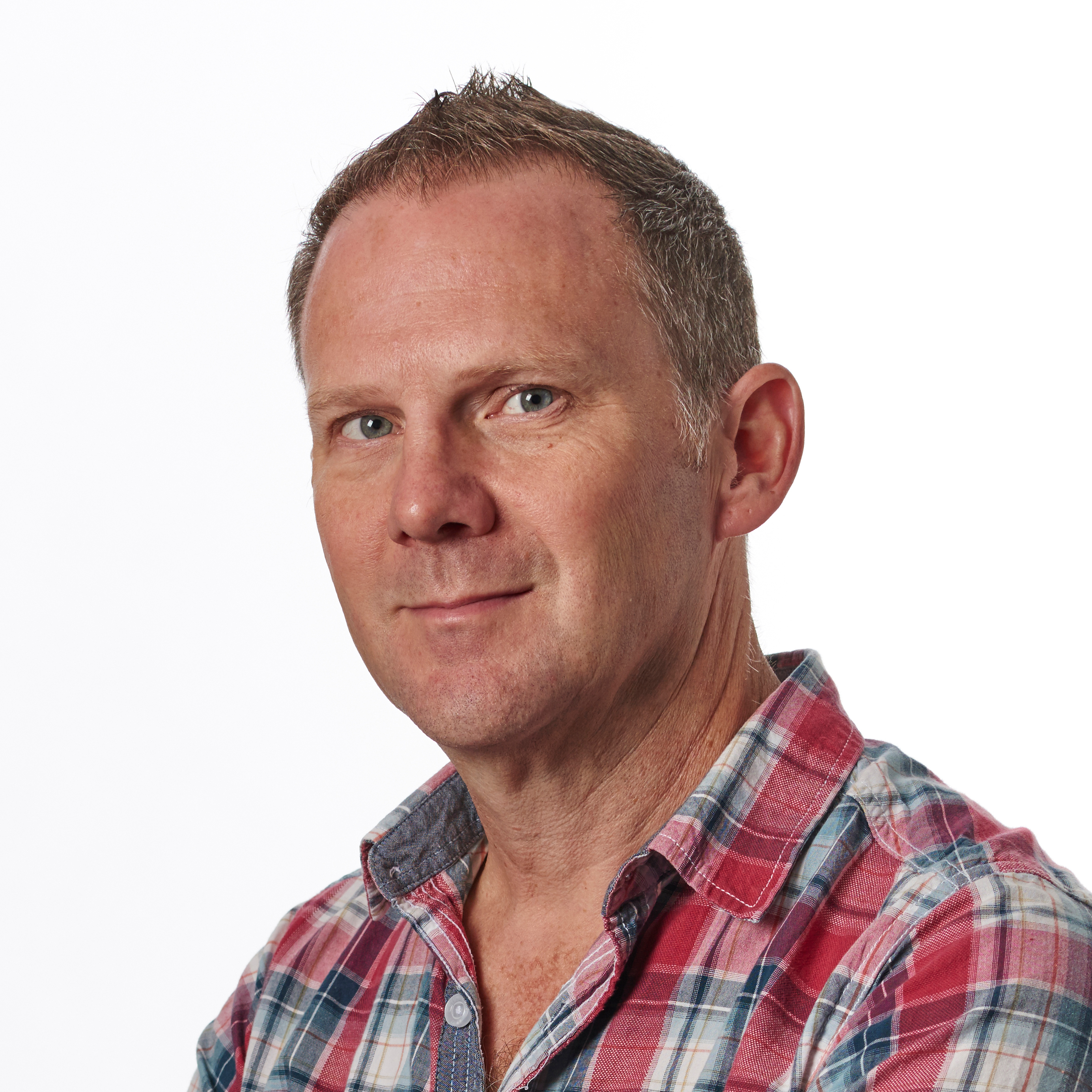
Prior to joining digitalcameraworld.com as Guides Editor, Adam was the editor of N-Photo: The Nikon Magazine for seven years, and as such is one of Digital Camera World's leading experts when it comes to all things Nikon-related.
Whether it’s reviews and hands-on tests of the latest Nikon cameras and lenses, sharing his skills using filters, tripods, lighting, L brackets and other photography equipment, or trading tips and techniques on shooting landscapes, wildlife and almost any genre of photography, Adam is always on hand to provide his insights.
Prior to his tenure on N-Photo, Adam was also a veteran of publications such as PhotoPlus: The Canon Magazine, so his wealth of photographic knowledge isn’t solely limited to the Big N.
